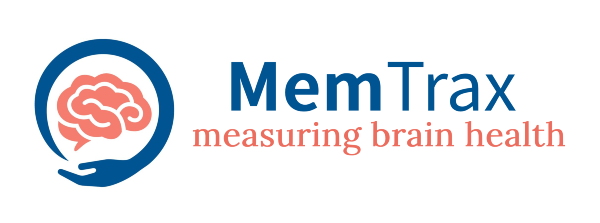Placenta Banking in the USA a Brief History
Introduction
Over 40,000 individuals worldwide have received a cord blood stem cell transplant since its inception in the 1980s. Significant sources of stem cells that are more adaptable than those present in cord blood include placental blood and tissue.
These stem cells could become therapies for other diseases in the future, boosting the likelihood that transplants will be successful now. Therefore, you must save the placenta and cord blood stem cells from your infant.
Families have the ability to retain even more of their newborn’s stem cells thanks to placental blood and tissue banking services. They may be able to treat additional illnesses as a result in the future.
The Starting Point
Dr. Georges Mathé, a French oncologist and immunologist, performs bone marrow transplants on six Yugoslavian engineers exposed to radiation in a nuclear accident in 1958.
Mathé describes the condition that becomes known as graft-versus-host disease and identifies the immunological response that may prevent a transplant from being effective.
25 years after UCBT, the patient who underwent treatment there is still in good health and has successfully completed long-term hematological and immunological donor reconstitution.
Dr. Hal Broxmeyer and colleagues originally introduced the idea of cord blood as a substitute source of stem cells for transplant in 1983.
Human cord blood has been revealed to contain transplantable stem cells. Since then, a lot has been learned about the possible applications of cord blood and its function in medical procedures.
Dr. Douglas made it feasible for the first UCBT to be carried out in October 1988 at the birth of a female child who had been determined by prenatal diagnosis to be FA-unaffected and HLA-identical to a sibling who had FA.
The safety and efficacy of cryopreserved BM cells had been established. It is carried out as a kind of treatment for a six-year-old child who has “Fanconi’s Anemia.”
Beginning of Cord Blood Banking
The New York Blood Center opened the first public cord blood bank in 1991. There are already more than 700,000 cord blood storage units spread over 160 public banks in 36 nations.
The ability to bank cord blood provides benefits and priceless reservoirs of stem cells for the treatment of conditions like leukemia and lymphoma.
The frequency of cord blood donations varies from nation to nation. Less than 5% of births in the United States, where about 4 million babies are born annually, result in the collection of cord blood for donation.
People are starting to comprehend the significance of cord blood preservation as they become more aware of the potential of this resource.
The first adult cord blood transplant took place in 1995 at Duke University Medical Center in the United States for a leukemia patient.
Because there are so few stem cells in a cord blood unit, umbilical cord blood transplants were previously only performed on children.
Growing Cord Blood Regulations and Government Support
The laws governing cord blood banking differ greatly amongst the nations that have them. Since 2007, the Australian Therapeutic Goods Administration (TGA) has regulated cord blood banks in Australia.
The International NetCord Foundation and National Marrow Donor Program/BeTheMatch created international registries for looking for cord blood unit matches in 2001.
The AABB and the Foundation for the Accreditation of Cellular Therapy manage standards and accreditation for cord blood banking (FACT). Medical practitioners and pregnant parents can check these bank accreditations.
The Food & Drug Administration (FDA) in the US published final guidelines for licensing cord blood banks from unrelated donors.
The C. W. Bill, Young Cell Transplantation Program, was established by the Stem Cell Act of 2005 and is run by the Health Resources and Services Administration.
It contributes to the National Marrow Donor Program/BeTheMatch cord blood registry and the National Cord Blood Inventory (NCBI). From 1999 to 2004, a multi-institution, prospective research was carried out on transplanting cord blood from unrelated donors.
The Future of Cord Blood Banking
Adult stem cell types, including dental pulp stem cells and adipose-derived stem cells, are stored in cord blood banks as part of a diversification strategy.
The future of cord blood banking and research may completely change how healthcare is provided, enabling us to access medical treatments at a small fraction of the cost.
They are becoming increasingly specialized in terms of offering storage services for various prenatal tissues, such as cord blood, placental, and amnion. Finally, price rivalry is intensifying. HealthBanks Biotech has revealed the lowest price on the market in the US, which is just $19.99 per month.
One day, it may be possible to clone and reintroduce your child’s stem cells, which were banked at birth, to keep them feeling youthful and active long after their forebears retired to the shuffleboard court.
Regardless of age, doctors may also be able to separate stem cells, mend people’s DNA to correct errors, and effectively “reboot” their genetic programs.
